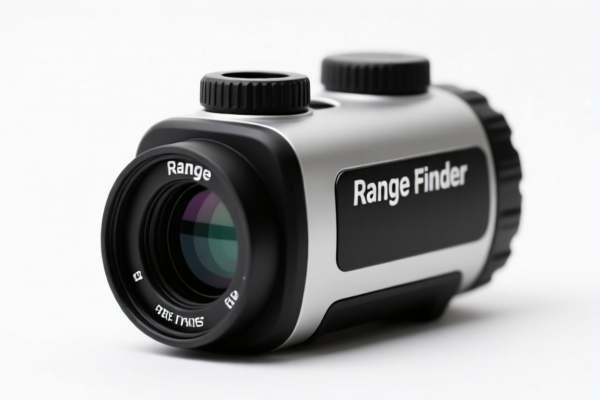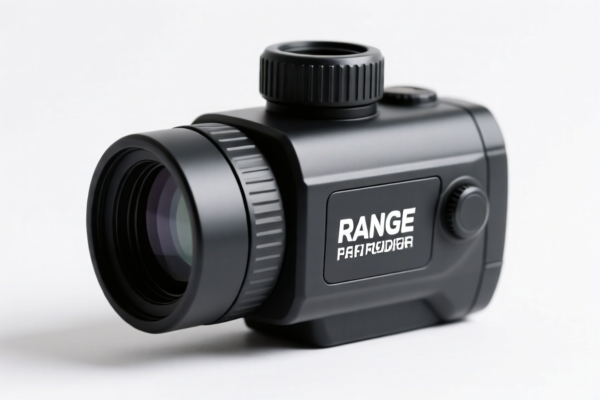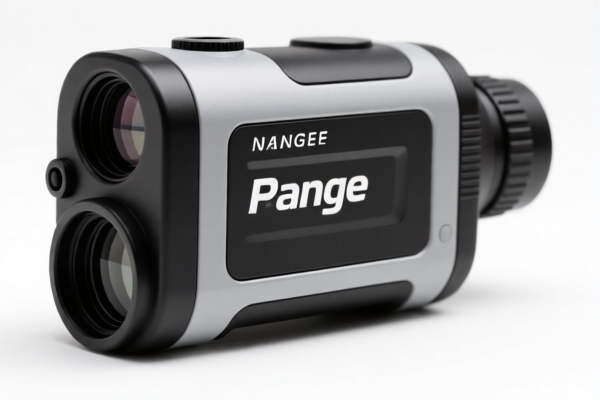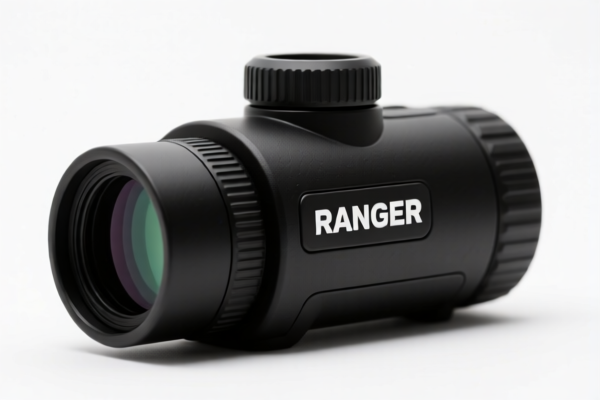| HS Code | Official Doc | Tariff Rate | Origin | Destination | Effective Date |
|---|---|---|---|---|---|
| 8113000000 | Doc | 58.7% | CN | US | 2025-05-12 |
| 8206000000 | Doc | The rate of duty applicable to that article in the set subject t+30.0% | CN | US | 2025-05-12 |
| 8203206060 | Doc | 12¢/doz. + 5.5%+55.0% | CN | US | 2025-05-12 |
| 9017800000 | Doc | 60.3% | CN | US | 2025-05-12 |




Line Finder
A line finder is a tool used to locate and trace the path of electrical wires or cables within walls, floors, and other structures. These devices are essential for professionals and DIY enthusiasts undertaking electrical work, renovations, or any project involving drilling or cutting into potentially wired areas.
Material:
Line finders typically consist of a transmitter and a receiver.
- Transmitter: Generates a signal that is induced onto the target wire. Often housed in a plastic casing.
- Receiver: Detects the induced signal. Also typically encased in plastic, with electronic components including a signal processor, indicator lights or an LCD screen, and a speaker.
- Components: Electronic circuitry utilizing components like microcontrollers, oscillators, amplifiers, and sensors. Some models incorporate digital signal processing (DSP) for enhanced accuracy.
Purpose:
The primary purpose of a line finder is to prevent accidental damage to electrical wiring during construction, renovation, or repair work. Striking a live wire can result in electrical shock, fire, and damage to electrical systems.
Function:
Line finders operate on the principle of electromagnetic induction.
- Signal Injection: The transmitter injects a low-voltage alternating current (AC) signal onto the wire being located. This can be done directly by clamping the transmitter around the wire or indirectly by connecting it to an outlet on the same circuit.
- Signal Propagation: The AC signal travels along the wire.
- Signal Detection: The receiver is used to scan the surface of the wall or floor. When the receiver passes near the wire carrying the induced signal, it detects the electromagnetic field generated by the signal.
- Indication: The receiver indicates the presence of the wire through audible tones, visual displays (LED lights or an LCD screen), or a combination of both. Some advanced models display the wire's depth and direction.
Usage Scenarios:
- Electrical Renovations: Before cutting into walls to install new outlets, switches, or lighting fixtures.
- Drywall Installation/Repair: Locating wiring before hanging drywall or making repairs.
- Plumbing Work: Identifying wiring before drilling through walls or floors for plumbing installations.
- Hanging Pictures/Shelves: Ensuring safe placement of fasteners to avoid hidden wires.
- General Construction: Mapping the location of electrical lines during building projects.
Common Types:
- Basic Wire Locators: Detect the presence of live AC wires. These are generally less accurate and may have limited features.
- AC Voltage Detectors (Non-Contact): Detect the presence of AC voltage without direct contact with the wire. Useful for quick checks but less precise for tracing.
- Multi-Scanners: Detect a variety of materials, including live AC wires, metal studs, and wood. These offer versatility but may not be as accurate for specific applications.
- Professional Wire Trackers: Advanced models with features like signal tracing, depth indication, and metal detection. Often include a transmitter with adjustable frequency and a sensitive receiver for precise location.
- Inductive Clamp-on Locators: Use a clamp to induce a signal onto the wire without direct connection. These are useful for locating wires in difficult-to-access areas.
Based on the provided information, the following HS codes may be relevant to “line finder”:
-
8203206060: Files, rasps, pliers (including cutting pliers), pincers, tweezers and similar tools, and parts thereof: Other: Other (except parts) Other. This code covers a range of hand tools, including pliers and tweezers, which could be applicable if the “line finder” is a tool used for gripping or manipulating objects.
- 82: Blades and tools, including cutters for metal; hand tools. This chapter generally covers tools used for cutting or shaping materials.
- 03: Files, rasps, pliers, pincers, tweezers and similar tools. This heading specifically focuses on hand-held tools for gripping, cutting, or shaping.
- 206060: Other: Other (except parts) Other. This subheading further narrows down the classification to other types of files, rasps, pliers, pincers, and tweezers, excluding parts.
-
9017800000: Other instruments. This code is a broad category for other instruments, and could be applicable if the “line finder” is a specialized measuring or testing instrument.
- 90: Optical, precision, electrical, medical or surgical instruments; photographic, cinematographic, measuring, checking, precision, medical or surgical instruments; parts and accessories thereof. This chapter covers a wide range of instruments used for various purposes.
- 17: Instruments and apparatus used in medical, surgical, dental or veterinary practice; instruments and apparatus used in sciences. This heading specifically focuses on instruments used in medical, surgical, or scientific applications.
- 800000: Other instruments. This subheading covers other instruments not specifically classified elsewhere in the chapter.
According to the provided reference material, the HS code options related to 'line finder' are limited, with only the following 2 found.
Regarding HS code 9017800000, please note that it is a broad category and may require further clarification of the instrument's specific function and application to ensure accurate classification.
Customer Reviews
No reviews yet.